How to make hand-made coffee? How to calculate the gouache ratio of hand-made coffee?
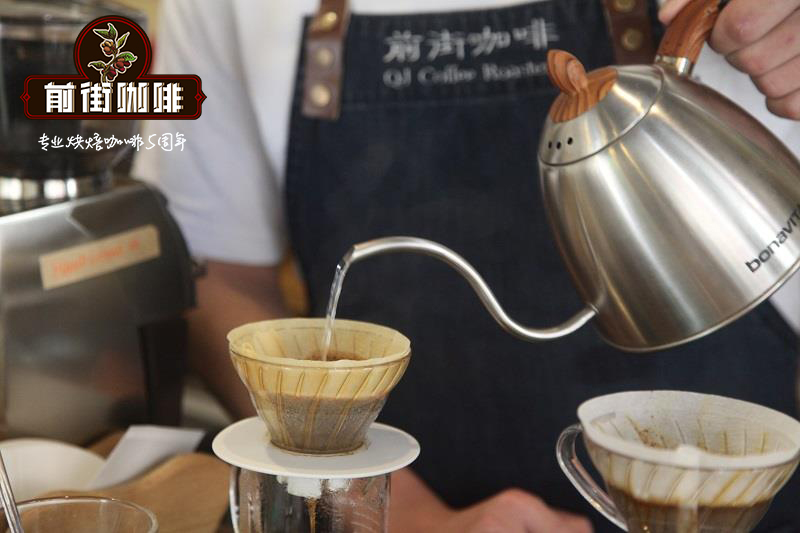
Professional coffee knowledge exchange more coffee bean information please follow the coffee workshop (Wechat official account cafe_style)
Hand-brewed coffee is a simultaneous process of flavor extraction and filtration, and the extraction takes place at the center of pouring water. The key lies in how to control and balance the extraction amount of various components in roasted beans to prepare coffee.
If you prefer sour taste, you might as well buy shallow roasted coffee, such as Kenya, Yega, Sidamo, Rosa, etc., if you like thick choking and sweet taste, you can choose heavy baked beans, such as Mantenin, Brazil, Honduras, the fruit flavor will also decrease with the deepening of baking degree, but the mellow thickness, choking taste and sweet taste, shallow roasted coffee is not easy to develop, re-roasted beans have more advantages in this aspect.
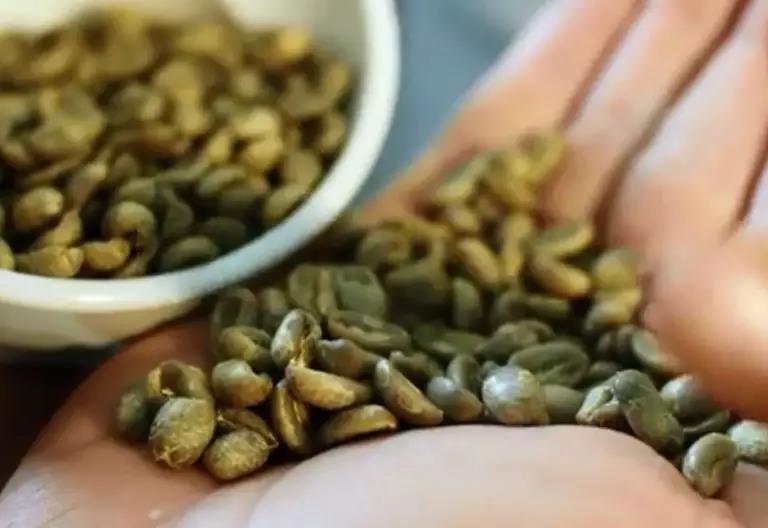
"basically, shallow baking can be fine grinding, deep baking can be coarse grinding."
Why is there such a phenomenon? Large particles of coffee powder dissolve slowly, at this time the extraction is not finished, the good taste does not come out, the extraction will be insufficient. Small particles of coffee powder dissolve quickly, have already been extracted, and begin to release bad taste crazily, which will be over-extracted. To achieve balance, it is necessary to make coffee particles of the same size as possible, the easiest way is to use a powder sieve to screen out the fine particles.
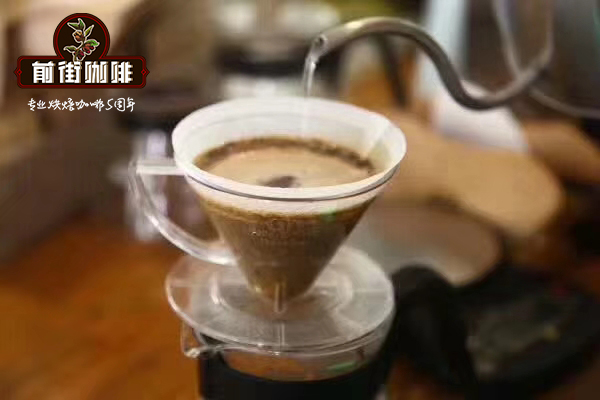
So how to bake coffee beans with shallow hands?
Generally speaking, the thickness of coffee powder can be divided into five grades: coarse powder, medium powder, medium and fine powder, very fine powder.
Shallow baking will use medium and fine powder, suitable for shallow baked beans, today use filter cup: Hario v60 transparent resin, grinding scale: small Fuji ghost teeth 3.5, white granulated sugar size (the most common white granulated sugar in the supermarket, a little larger than that), demonstration [Kenya Asali] for cooking teaching:
Qianjie coffee beans suggest: medium and shallow roasted coffee beans should be extracted at a water temperature of about 90-92, and deep-roasted coffee beans should be extracted at a temperature of 86-88 degrees.
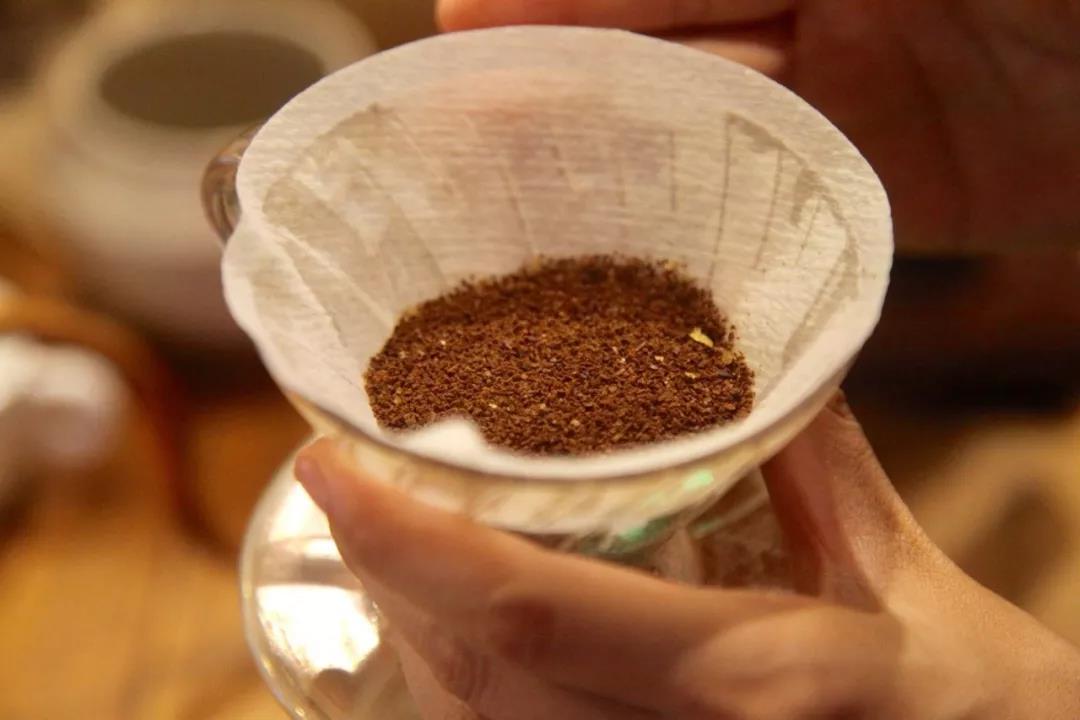
First water injection
A small water column is injected from the center, and then slowly wound out, just like gently laying a layer of water on the noodle, although it is a small water column, please be careful not to slow down the circle speed, because once the circle speed is too slow, the water column will flow in a single direction, so that the draught of the powder layer is uneven.
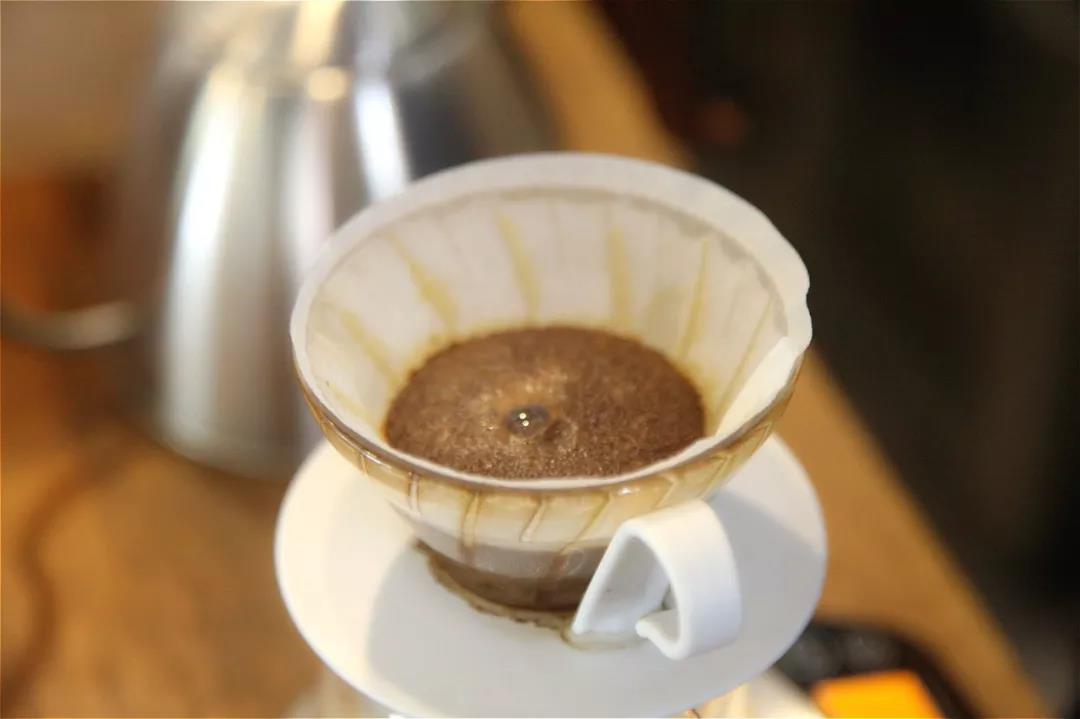
After the end of the first water supply, the coffee powder particles will push each other due to exhaust, resulting in expansion. When the expansion reaches the highest point or is about to rest (the surface water will slowly dry), it is the time to add water for the second time.
Second water injection
The second water injection also starts from the middle, with a small water column injected into the bottom of the powder layer. In order to concentrate the penetrating force of the water column, the range of movement around the water column should be small, about the size of an one-dollar coin, and then wound out. At the beginning of the second water supply, we should pay attention to the amount of water, and try not to exceed the height of the powder layer, that is, when the water column is wound close to the filter paper, the water supply can be stopped.
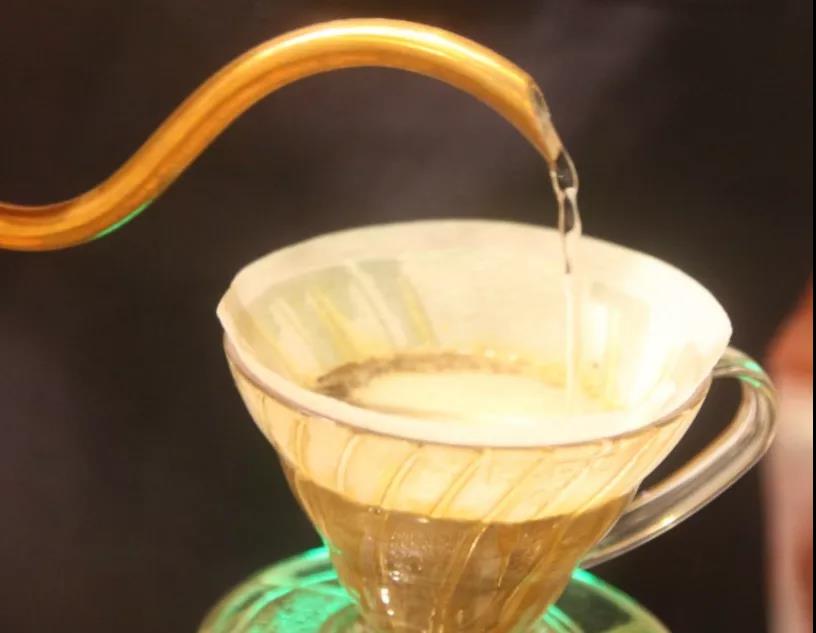
In the initial stage of water supply, because most of the coffee powder particles are in a state of exuberant exhaust, the air produced by them will soon be transmitted to the edge of the filter paper, so if you give too much water at this time, instead of bringing the water to the bottom, you should use a small water column to speed up the circle to avoid these problems.
As the thicker powder layer on the edge of the original filter paper becomes heavier because of the draft, and as the water level falls and becomes thinner, the water level drops to half and the third water injection can be carried out.
The third water injection
From the third water supply, it is necessary to observe the extent of the decline of the water level, also from the center of the water supply circle, the amount of water should not exceed the height of the powder layer, then it will also be observed that the proportion of foam has already occupied the surface, and the third water injection will increase the tumbling of coffee granules, let all the deposited particles tumble, and then dissolve the soluble matter.
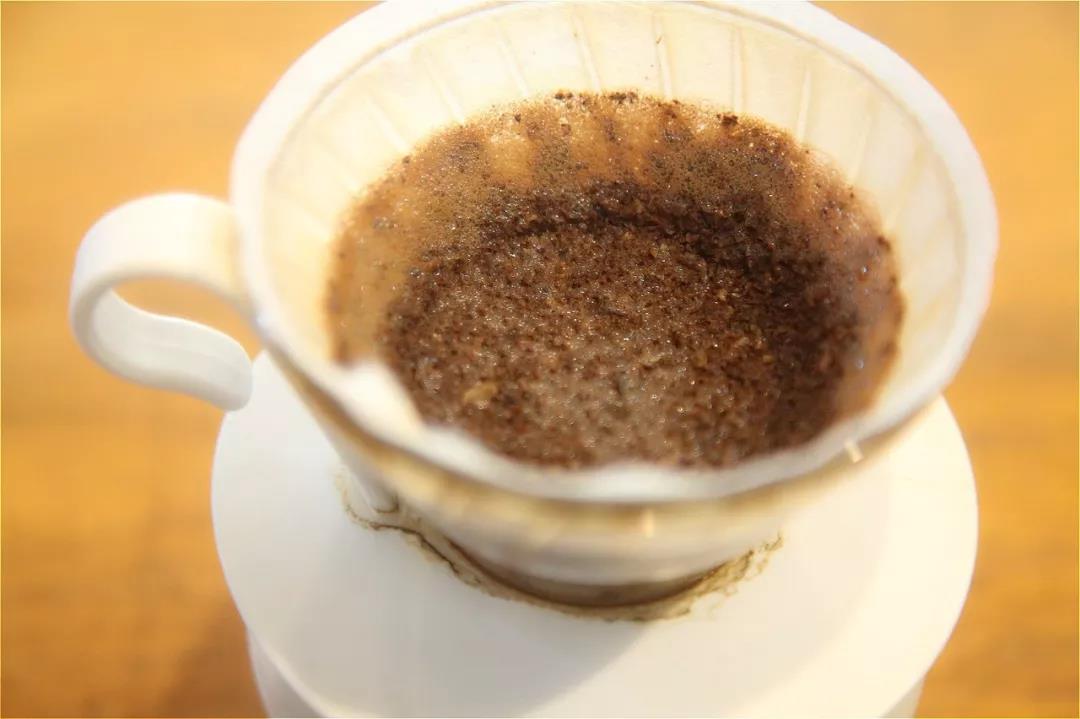
The rolling particles will start to rest because they stop adding water, and at this time they have to rely on the velocity caused by the falling water level to make the coffee particles produce friction, so once the addition of water stops, the coffee powder particles will sink, causing blockage, so pay special attention to the rhythm of adding water.
If the water is cut off too many times, it is tantamount to letting the coffee powder particles soak in the water all the time, which will lead to the astringent and miscellaneous taste of the coffee extract at the end.
When close to the set amount (15 grams of powder, 225 grams of water), the filter cup can be removed.
[conclusion analysis]
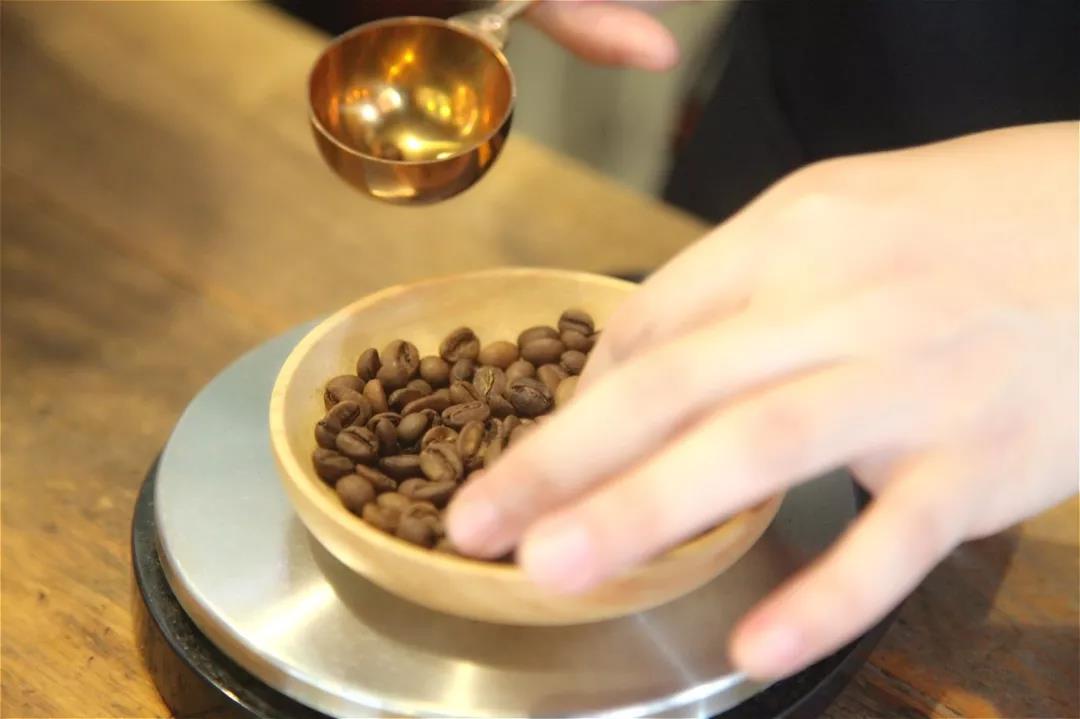
The flow rate of V60 is faster, and the water injection flow is too large, which will cause the liquid level to rise, and more water will flow down from the ribs on the edge, reducing the process of contact and extraction with coffee powder, and vice versa. Therefore, when using the method of large water flow and fast flushing, the cooking time is shorter, the aroma is more prominent, but the flavor is insufficient, and it is easy to lack of extraction. On the other hand, slow flushing with small water flow to prolong the extraction time can fully extract the flavor of coffee, which can show the characteristics of V60 in terms of richness and layering.
[Kenya Asali] is a more extract-resistant bean, which is obviously more suitable to increase its richness than a slightly larger flow to boil it.
The powder-water ratio is literally defined as:
How many portions of coffee powder and water are used to brew coffee?
For example, 20 grams of coffee powder, brewed with 300 c. C of water, the ratio of coffee powder to water is: 20 grams 300 grams 1 15
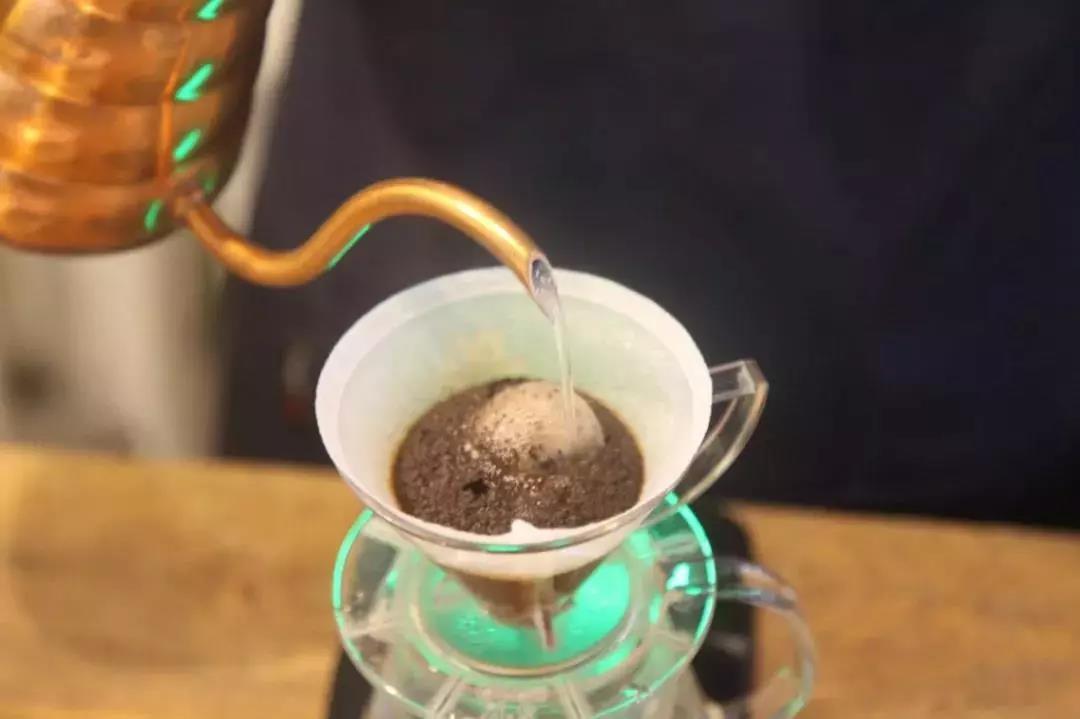
The premise of this definition is, of course, that the water in the filter cup or equipment has basically run out, and a large amount of water cannot be left behind.
But why does the powder-to-water ratio in some coffee shops refer to the ratio of coffee powder to the amount of coffee finally extracted?
For example: 20 grams of coffee powder, no matter how much water is poured, look at the pot to the 300c c mark and remove the filter cup, this is the ratio of powder to water at 1:15
Which benchmark are we going to follow? Is the ratio of powder to water the total amount of water supply or the final amount of extraction?
If your idea of powder-to-water ratio comes from: gold cup theory. Then the golden cup theory suggests 1RV 16.7,1:17, 1Rd 18.18. The first definition is used as the standard, that is, the total amount of water supply is calculated. So 1:17 is equal to 20g of beans are boiled with 340c.c of water and let the water run out of the equipment.
So why do some stores still insist on using the final amount of extracted coffee as the standard?
We can imagine the following situation:
Maybe one: some people's way of cooking will not let all the water in the filter cup run out.
Therefore, if the total amount of water supply is taken as the standard, the time point of each removal of the filter cup will be inaccurate. Simply using the final amount of coffee extracted as the judgment standard can make the extraction rate of each cup more average.
Maybe two: some people are not used to using electronic scales, but take the scale of the sharing pot (the next pot) as a reference.
Some genres or older cooking methods may pay more attention to the feel and sensory experience of cooking = seeing with eyes + empirical analysis, so when the water supply does not use electronic scales at all, naturally, the final extraction quantity can only be used as the powder-to-water ratio standard.
Possibility 3: get used to using manual punch frame + electronic scale
Using the hand punch frame, the electronic scale can not detect the total amount of water supply, so it is better to use the final extraction as the standard.
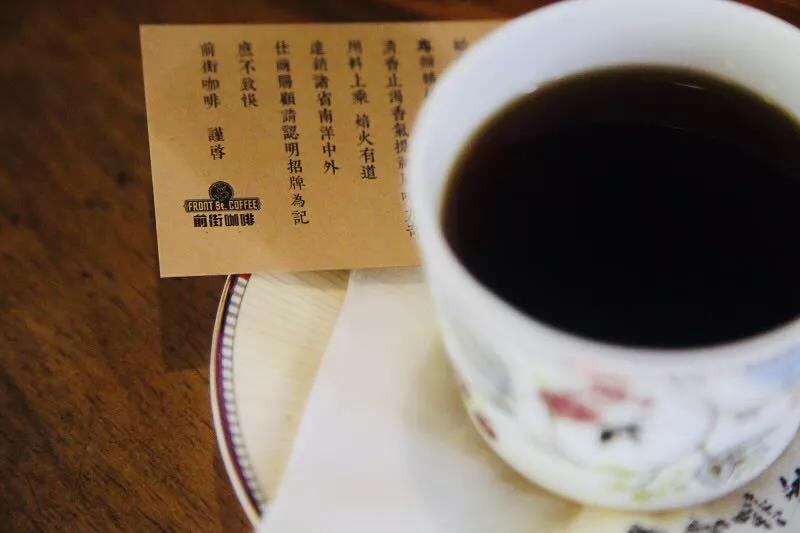
Of course, there are some more simple possibilities:
Since I don't know when and when I began to learn coffee, it is based on the final amount of extraction as the powder-to-water ratio standard, so it will continue to be used, no matter how many reasons there are, it may not match the literal meaning. But when you get used to life, you should respect it. After all, the standard of coffee brewing is not only the golden cup theory, but the complex of many genres, and each genre has its own definition of powder-to-water ratio of convenience, brewing and habit.
In principle, the water absorption capacity of coffee residue powder is about 1 gram of residual powder will absorb 1.5 grams-2 grams of water, that is to say, if the final amount of extraction is used as the powder-to-water ratio standard, it should be converted back to the normal definition (total water supply) powder-water ratio standard, that is, the proportion of water can be increased by 1.5-2.
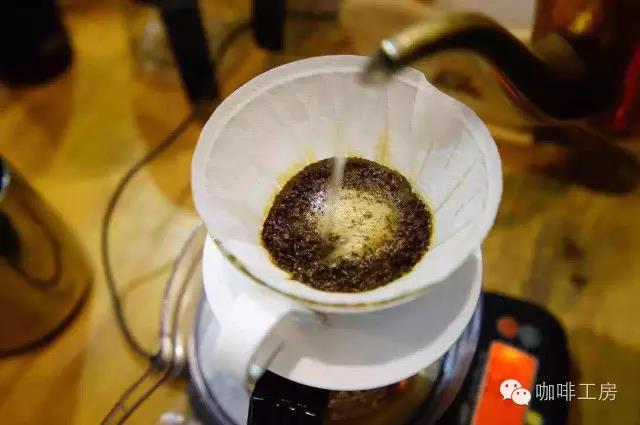
Back to the most original point, no matter how ridiculous the ratio of powder to water or how strange the definition is, as long as you can brew stable and delicious coffee, it will be a full mark for shops and baristas. The definition of undefined, gouache ratio or various nouns is only a tool to assist us in learning, it is by no means the only standard, and it has nothing to do with taste. Multi-understanding and then digesting learning is the hard truth for coffee to taste better.
Important Notice :
前街咖啡 FrontStreet Coffee has moved to new addredd:
FrontStreet Coffee Address: 315,Donghua East Road,GuangZhou
Tel:020 38364473
- Prev
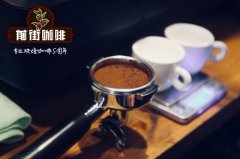
How would you like a cup of espresso?
Professional coffee knowledge exchange more coffee bean information please pay attention to the coffee workshop (Wechat official account cafe_style) ESPRESSO characteristics: ESPRESSO is so thick that frightening a cup of normal hand brew about 150180 c, but the same powder amount of espresso is only 30 c c, which is 5-6 times stronger than hand brewed coffee, and because of the use of fast high pressure extraction, espresoo
- Next
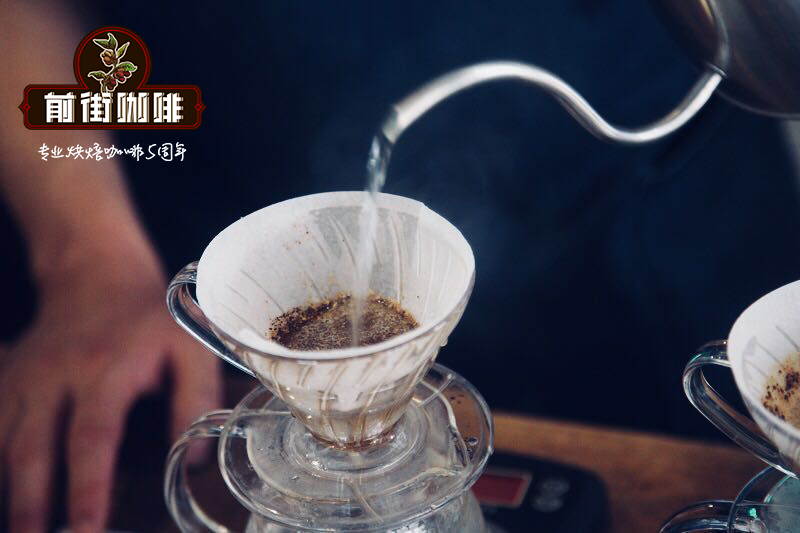
Daily cooking | which tastes better when comparing "powder-to-water ratio" or "powder-to-liquid ratio" at 1:15
Professional coffee knowledge exchange more coffee bean information please follow the coffee workshop (Wechat official account cafe_style) I believe that most hand-brewed coffee lovers will pay attention to every detail of hand brewing, powder / water ratio. In a recent review, I saw the experience of the World Cooking Competition. The specified cooking formula will use 15 grams of powder and 250 grams of water, resulting in 220 grams of body.
Related
- Beginners will see the "Coffee pull flower" guide!
- What is the difference between ice blog purified milk and ordinary milk coffee?
- Why is the Philippines the largest producer of crops in Liberia?
- For coffee extraction, should the fine powder be retained?
- How does extracted espresso fill pressed powder? How much strength does it take to press the powder?
- How to make jasmine cold extract coffee? Is the jasmine + latte good?
- Will this little toy really make the coffee taste better? How does Lily Drip affect coffee extraction?
- Will the action of slapping the filter cup also affect coffee extraction?
- What's the difference between powder-to-water ratio and powder-to-liquid ratio?
- What is the Ethiopian local species? What does it have to do with Heirloom native species?

